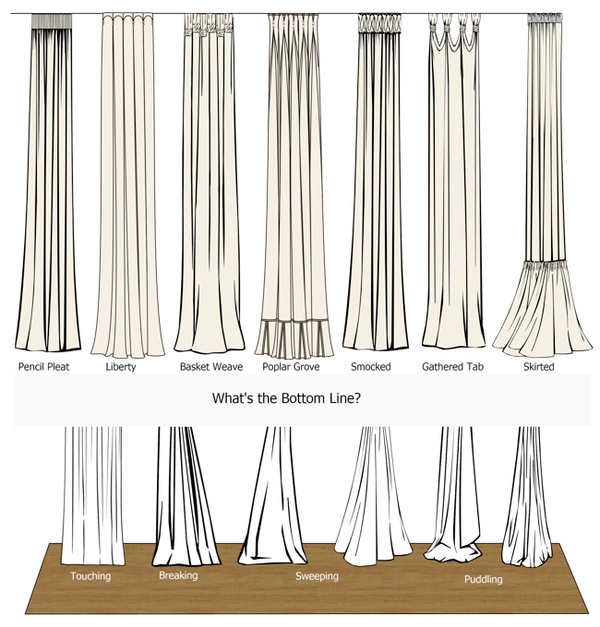You guys seemed to love my upholstery yardage cheat sheet so today I’m sharing the rest of my collection of interior design cheat sheets and infographics. Some give you hard and fast rules, others function as design “glossaries”. Interior design pros love to say “there are no rules” when it comes making design decisions for your home. Maybe that’s true when you’re a professional and the decisions you make come from a place of knowledge and years of experience about what just works. But when you’re out there shopping on your own, spending hard earned money on products for your home, isn’t it nice to have some guidelines?
First up – dining table seating capacities. Good to know before you drop a few grand on a new dining room set up!
How big should your dining room area rug be? In short, you should be able to sit down at your dining table and push your chair back like you’re getting up from the table, all while all four legs of your chair remain on the area rug. If you’ve ever tried to scoot up to a table and had the back legs of your chair get caught on the edge of an area rug, you know why this is so important! You also need a minimum of 10″ of hardwood showing around the perimeter of your room beyond your area rug. If per the guideline on keeping the chairs on the rug you end up with less than 10″, you might want to consider going rug-less.
Living room area rugs should ideally accommodate all furniture in a room. This is hard to accomplish unless you have a huge rug and an even bigger room. At the very least, strive to have the front legs of all the furniture on a piece of the rug. Another great tip – try to keep area rug edges and corners away from traffic flow areas of the room.
When it comes to area rugs in the bedroom, there are a few options. Just remember this rule of thumb – whether you’re dealing with 1 or 2 twin beds or a queen sized bed, the area rug should be at least large enough for your feet to come down off either side of the bed when you’re getting up and land on the rug (unless the bed is against the wall of course, in which case you only need to worry about one side.)
Upholstered headboard shapes explained. Sound like a pro when you’re talking to your upholster!
I’ve been referencing
this chart a lot lately as we try to figure out if our king sized mattress is going to fit in any of the bedrooms in
the new house. All the dimensions of every mattress in one handy spot. I love that!
I love a good gallery wall, but planning your own can be a little intimidating. I love this chart for its many arrangement ideas.
You always here that curtain panels should be mounted as close the the ceiling and covering as little of the window as possible but this simple illustration really drives the point home. Same size window but WOW, look how much bigger the one of the right looks!
The curtain world has it’s own vocabulary and it’s easy to get lost in all the terminology, especially if you’re trying to get something custom made. Keep this on hand and you’ll know exactly what kind of shades you want and just how to describe them.
Valance shapes explained!
Confused by what a pencil pleated drape that puddles is? Yup, you need this.
What do you think? Will you be printing any of these to keep handy? The pillow arranging one is in my purse right now!












